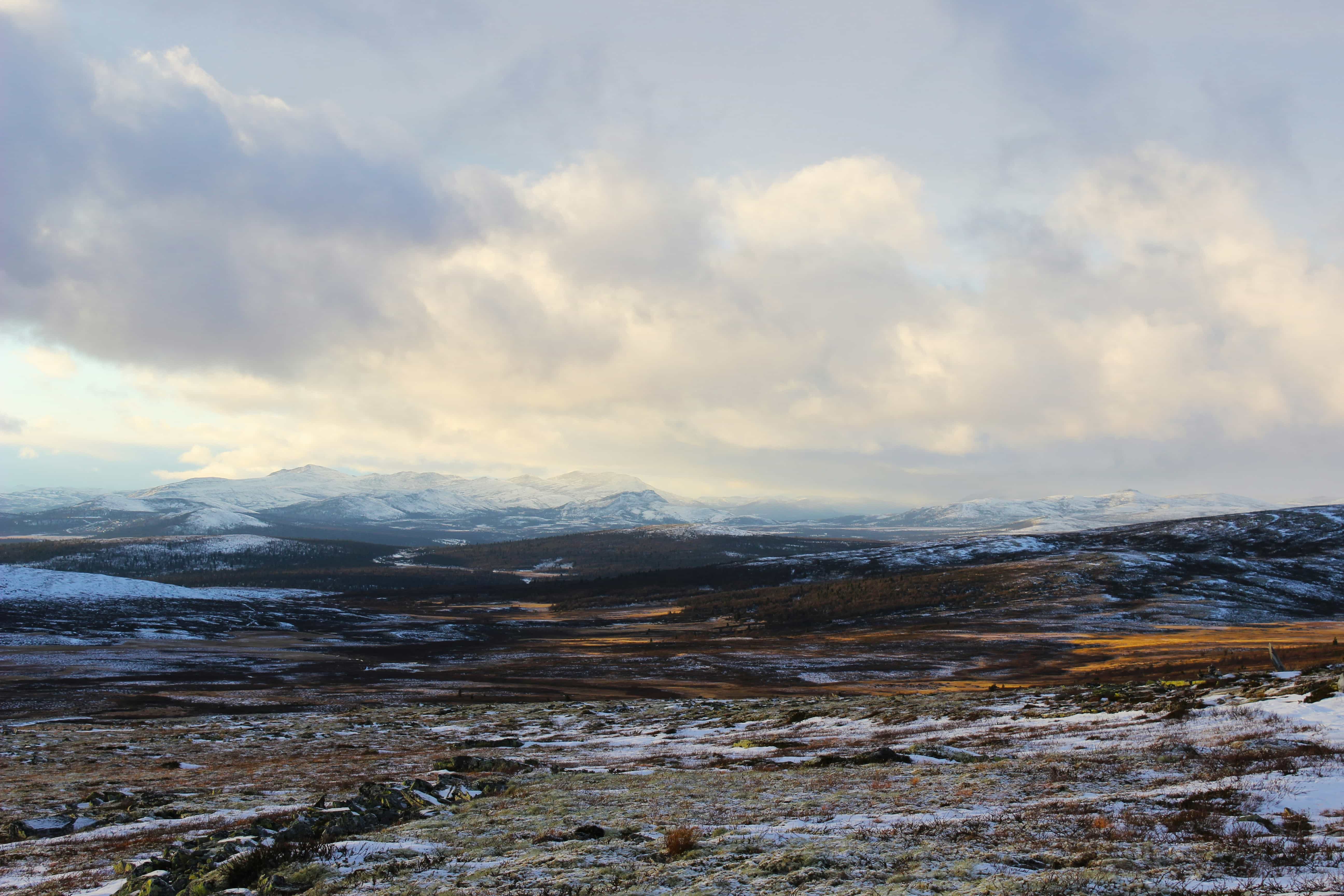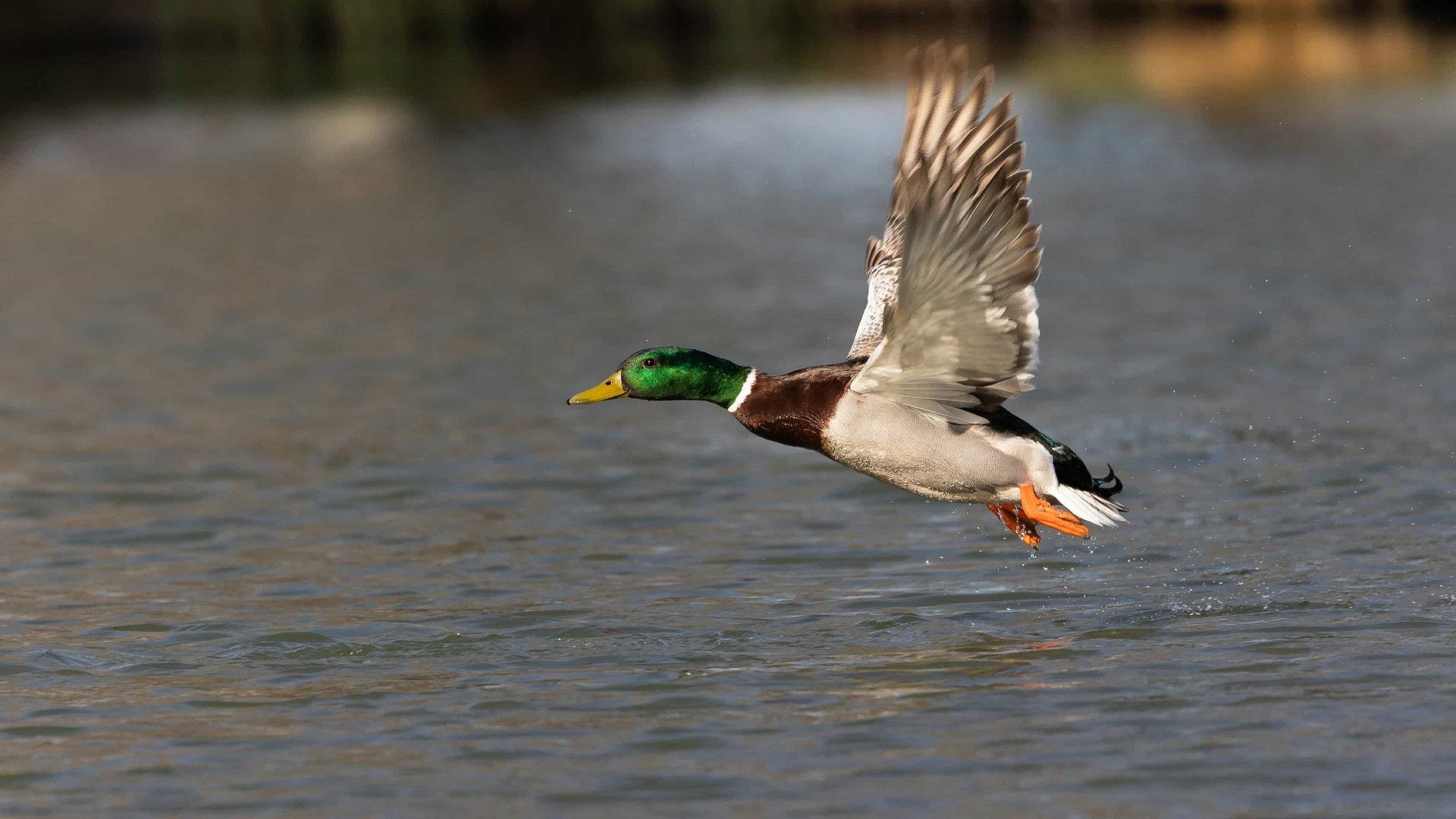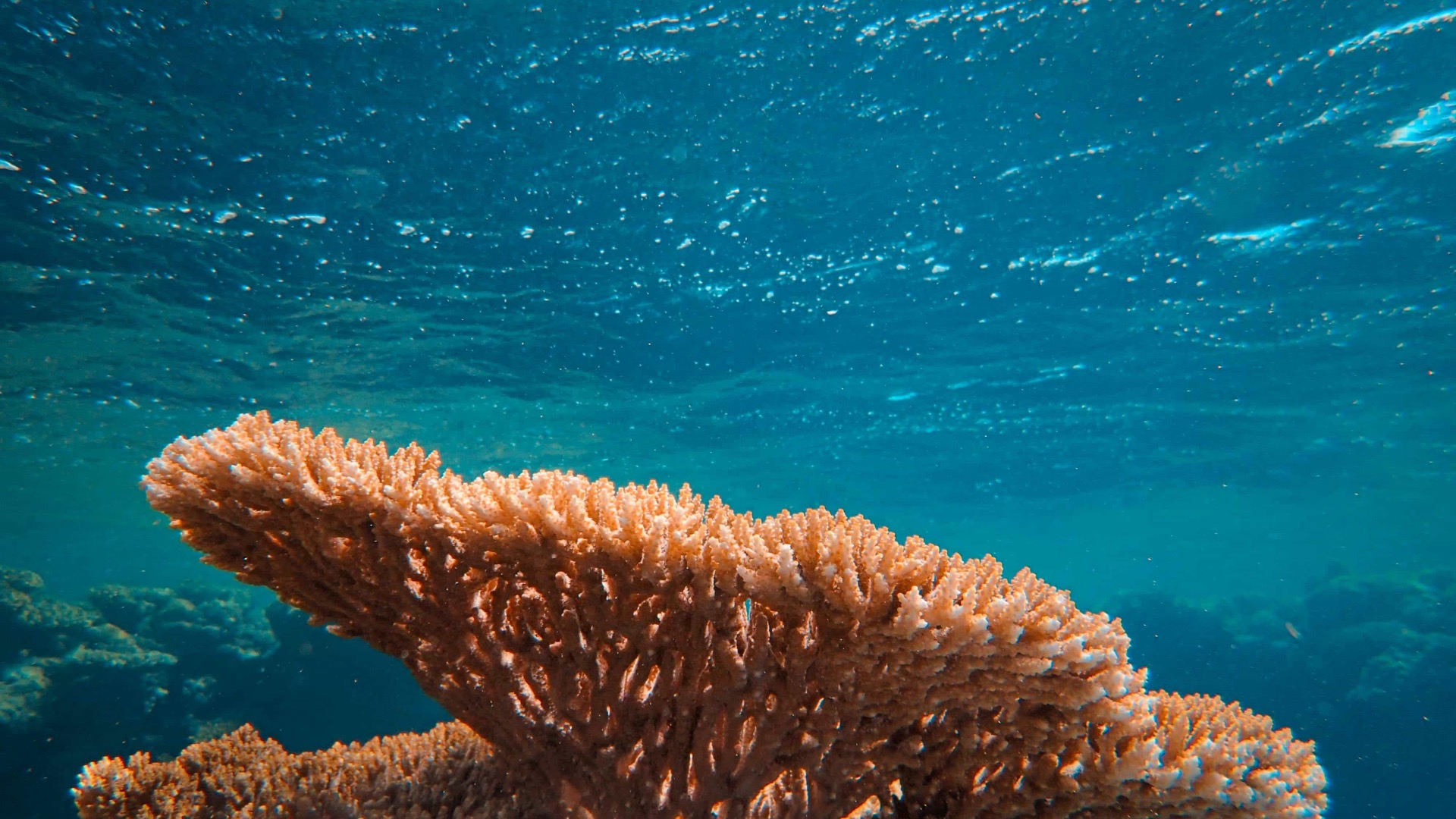As oil and gas extraction continues in Alaska’s North Slope, scientists are uncovering the lasting effects on the fragile Arctic permafrost. In a recent study, researchers examined an old oil well site and current drilling areas to understand how industrial activity affects the frozen ground. Their findings show that even after an oil well is closed and remediated, the surrounding permafrost and ecosystem remain significantly altered, a reminder that impacts from oil extraction in these cold regions are not easily erased.
The Legacy of the KIC-1 Oil Well
The study focused on a unique site, known as the KIC-1 well, established in the 1980s by Chevron and BP in the Arctic National Wildlife Refuge. This was the first - and only - oil well built in the refuge, and it was eventually closed and covered. However, despite remediation efforts, the researchers found that the area around the KIC-1 well shows signs of significant permafrost thaw, water pooling, and altered vegetation more than 40 years later. These changes highlight the difficulty of reversing environmental impacts in such sensitive ecosystems, where the ground remains frozen for most of the year.
The research team used advanced tools like remote sensing, hyperspectral imaging, and photogrammetry to analyze the KIC-1 site, comparing it to newer, active drilling sites. These techniques allowed them to observe changes in the vegetation, soil, and permafrost that have persisted long after drilling stopped. The study’s results show that the once-frozen soil around the well is thawing faster than in surrounding areas, leading to changes in the landscape that could continue for decades.
How Oil and Gas Drilling Affects Permafrost
In Alaska’s Arctic tundra, oil pads are built using non-native gravel to elevate infrastructure above the frozen ground. While this method protects the equipment, it introduces a new surface that absorbs more heat from the sun, warming the permafrost below. This increase in temperature causes the permafrost to degrade, leading to soil changes that disrupt the local ecosystem.
The researchers observed a “thermal gradient” around the well pads, with soil temperatures decreasing as they moved away from the site. Close to the pad, temperatures were higher, accelerating permafrost thaw. This thawing releases trapped greenhouse gases like carbon dioxide and methane, contributing to climate change. Additionally, the pad’s presence alters soil pH and moisture, which can lead to the growth of new plant species unsuited to the original tundra environment.
Long-Term Effects on Water and Wildlife
One of the most visible impacts of permafrost thaw around oil sites is the creation of thermokarst—a landscape of uneven ground with ponds and waterlogged areas. This effect was clear around the KIC-1 site, where water now pools in areas that were once frozen solid. These new wet zones can change local water flow, impacting habitats for animals like caribou and birds.
Additionally, the study highlighted the risks that thawing permafrost poses to nearby infrastructure, such as roads and airports, which become unstable as the ground shifts. For example, the Dalton Highway, a critical route for transporting supplies to Alaska’s oil fields, requires constant maintenance to counteract the effects of permafrost degradation. As these oil and gas sites age, maintenance costs rise, creating a financial and environmental burden.
What Does This Mean for Future Oil Projects?
The researchers warn that as oil and gas projects expand, particularly in Alaska’s North Slope, these impacts will multiply. For instance, the newly approved Willow Project is expected to bring hundreds of new oil pads to Alaska’s permafrost. This will introduce additional gravel pads, roads, and infrastructure, all contributing to further permafrost thaw and environmental changes. Although companies are required to remediate these sites after use, the KIC-1 study shows that remediation may not be enough to prevent long-term damage.
The research team hopes that this case study will encourage policy makers to weigh the long-term environmental costs when considering new Arctic oil projects. Given the challenges of fully restoring disturbed permafrost, reducing the footprint of these projects could be crucial for protecting Arctic ecosystems.
Moving Forward: Balancing Resource Use with Preservation
This study offers a sobering reminder of the difficulties in managing industrial impacts in sensitive environments like the Arctic. While oil and gas extraction remains economically important, understanding the long-term effects on permafrost can help in planning better, more sustainable practices. Scientists advocate for increased monitoring of existing sites and more investment in technologies to minimize surface damage and protect permafrost.
As global temperatures rise and the Arctic continues to warm, it is becoming ever more critical to understand and mitigate the impacts of human activity in these fragile regions. The KIC-1 well site serves as a cautionary tale about the persistence of environmental impacts, showing that once permafrost is disturbed, it is “frozen no more”.


